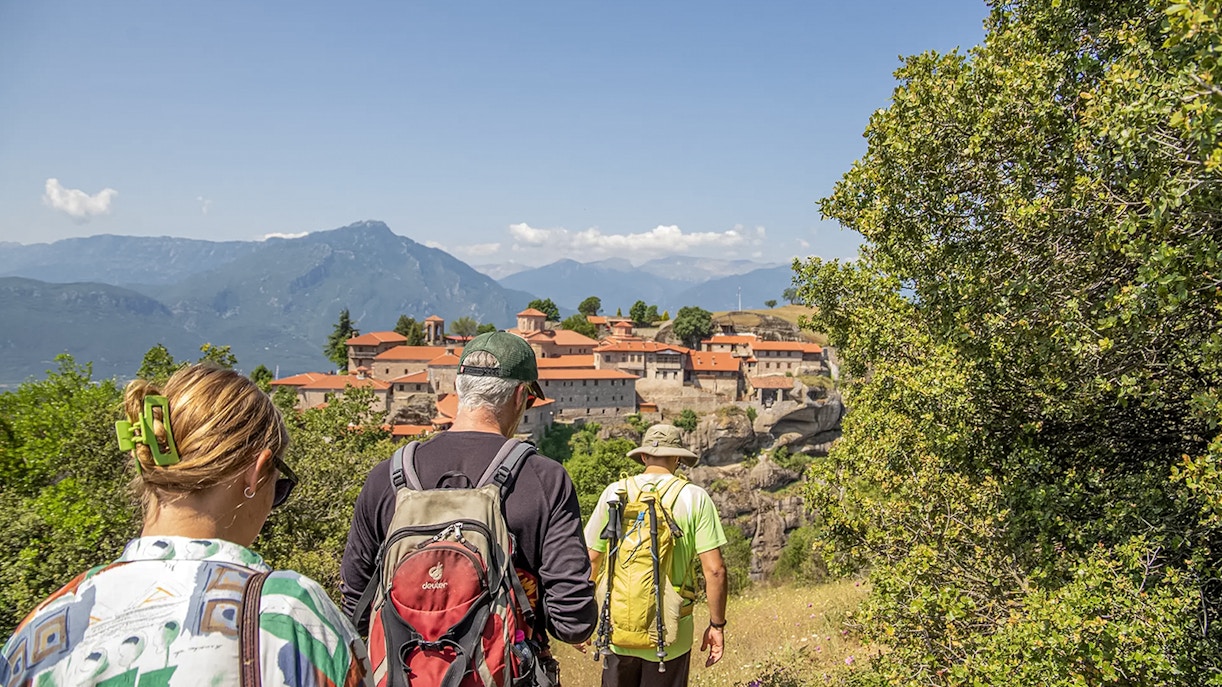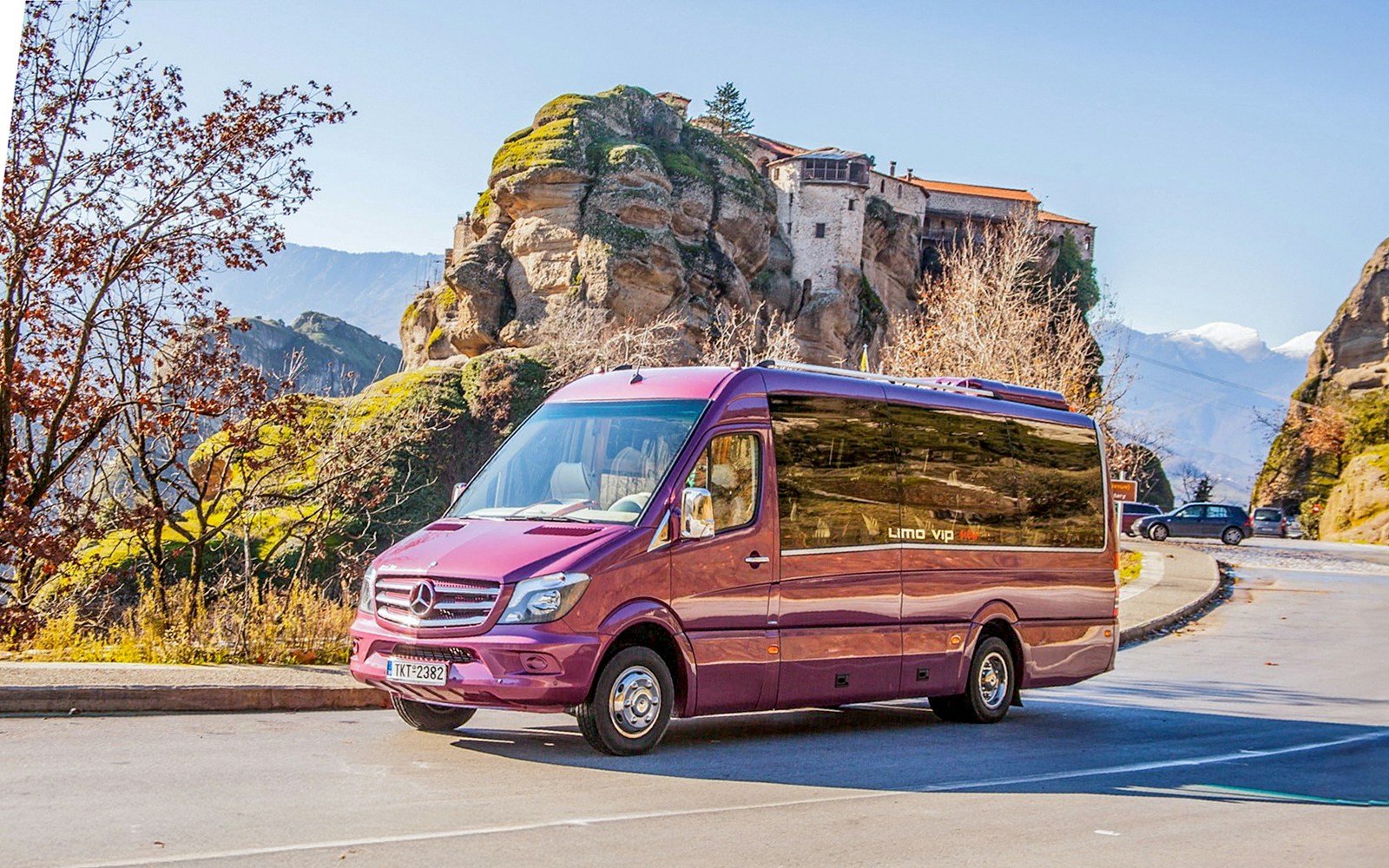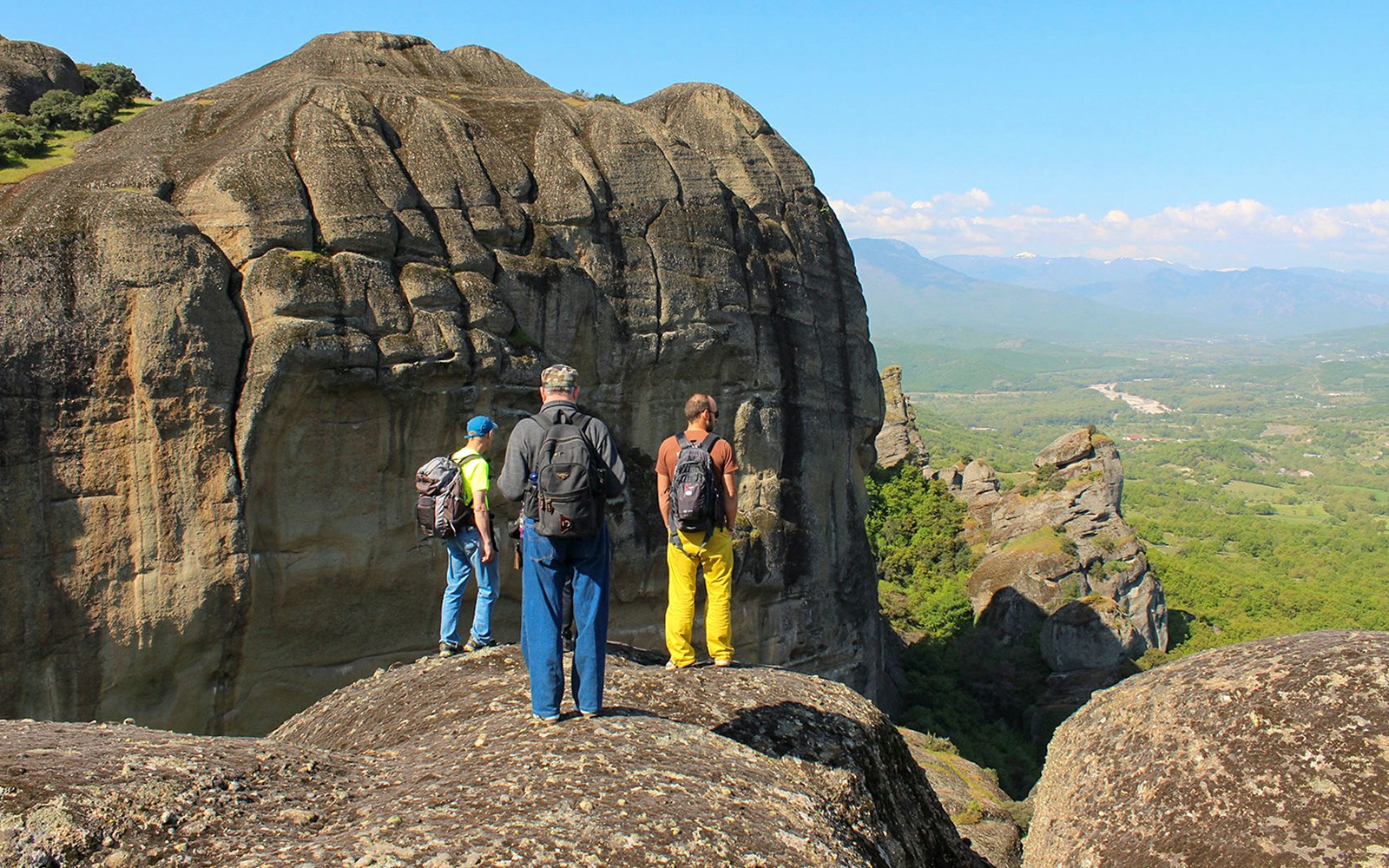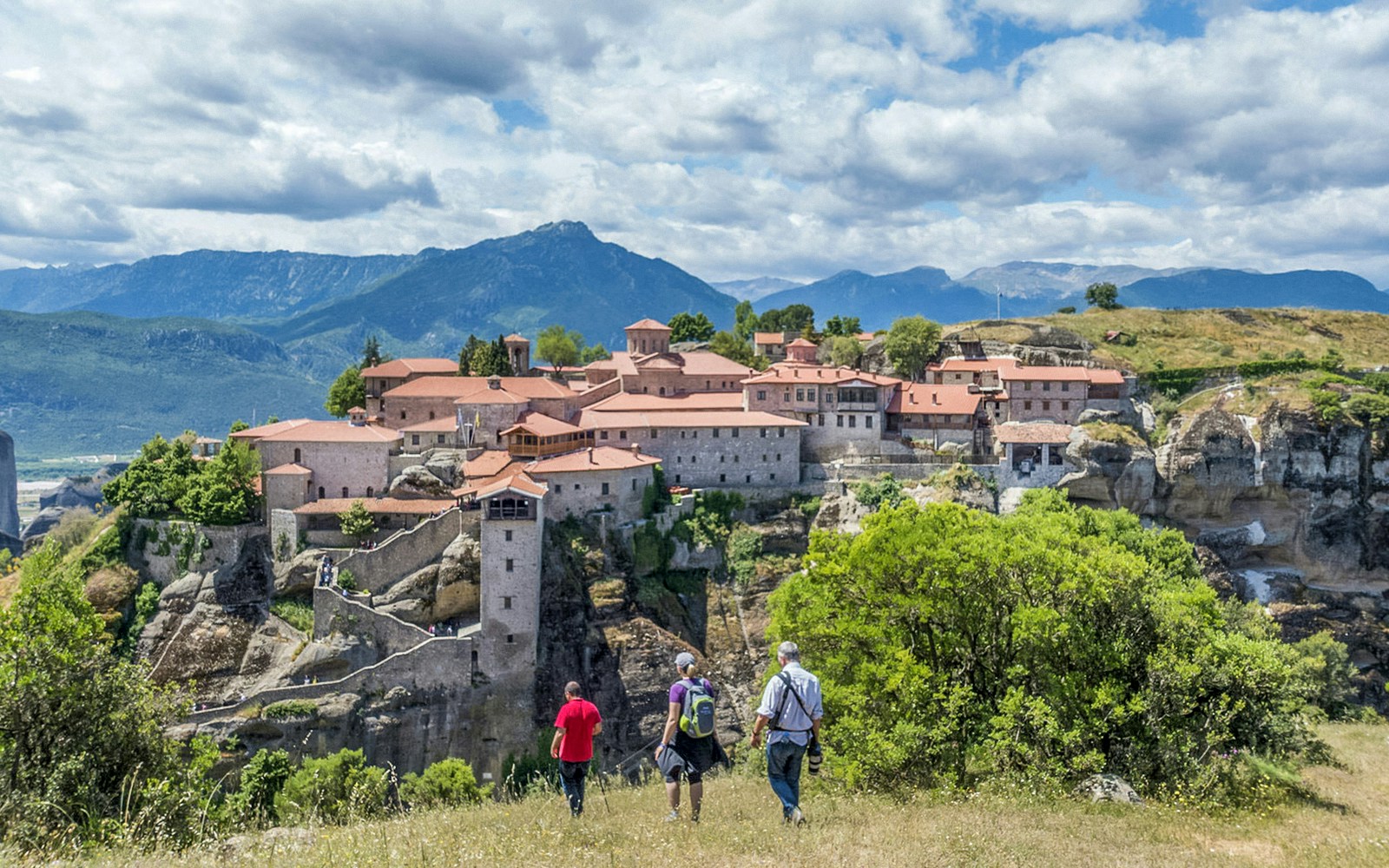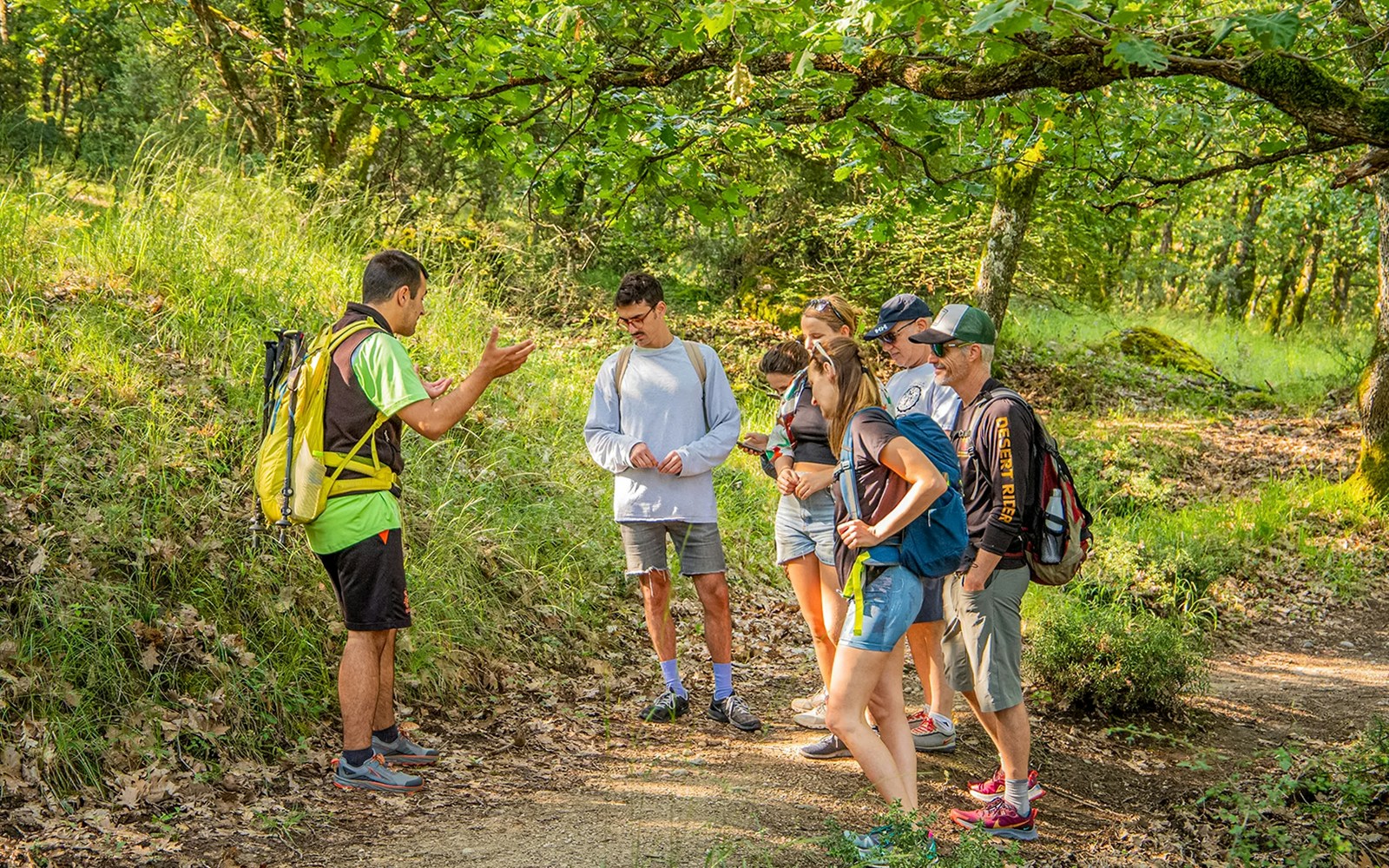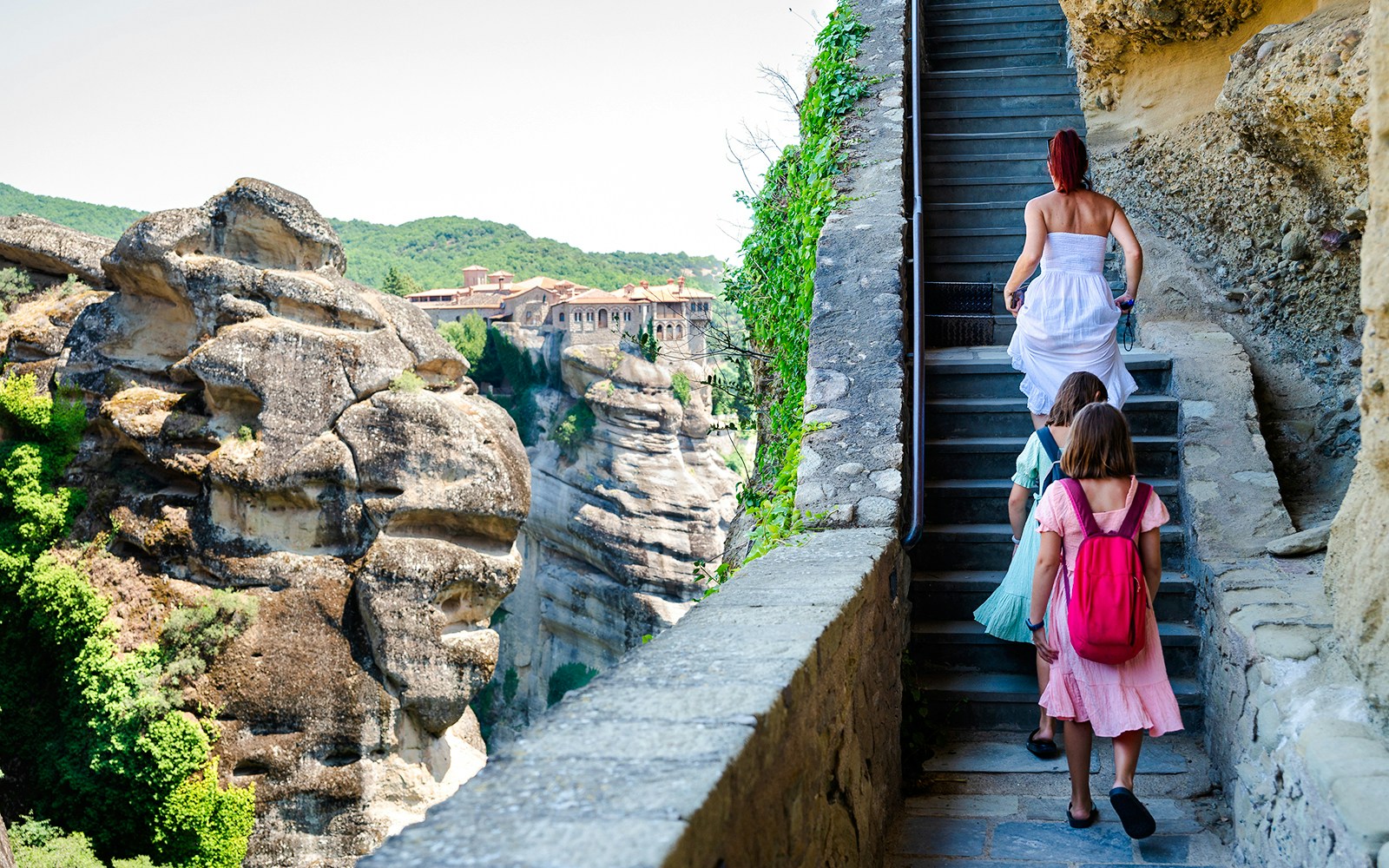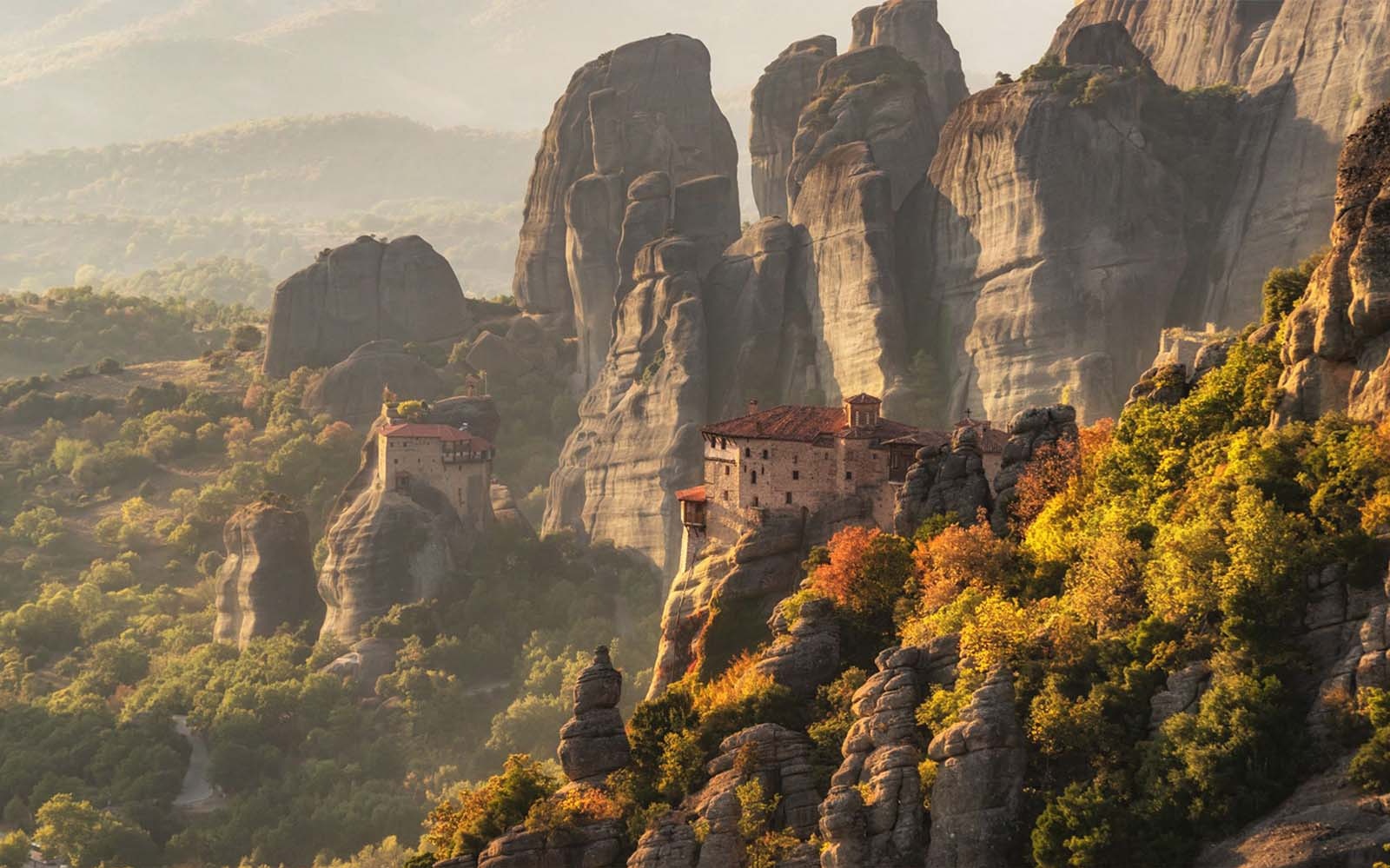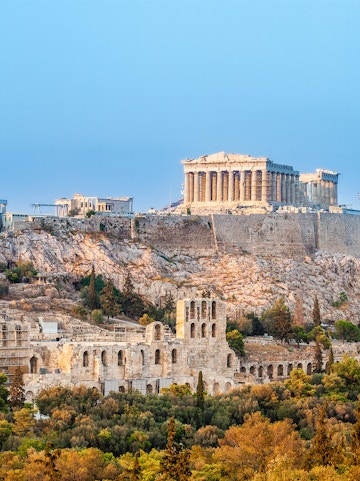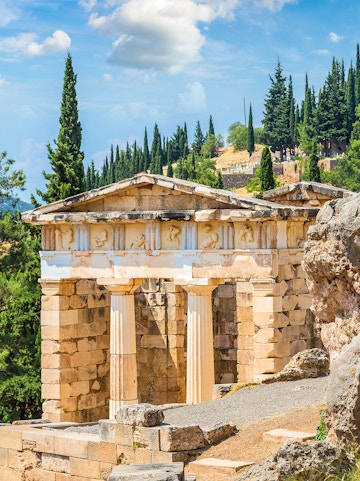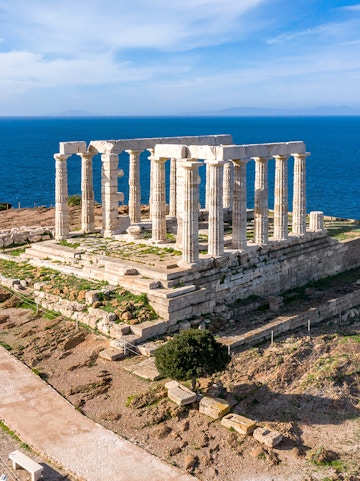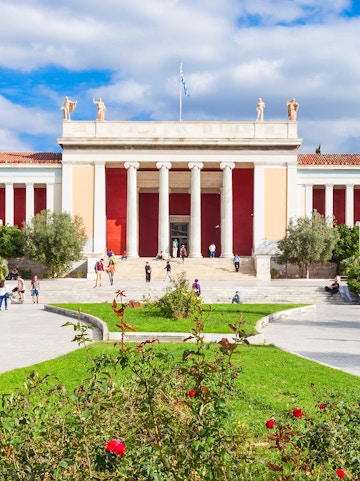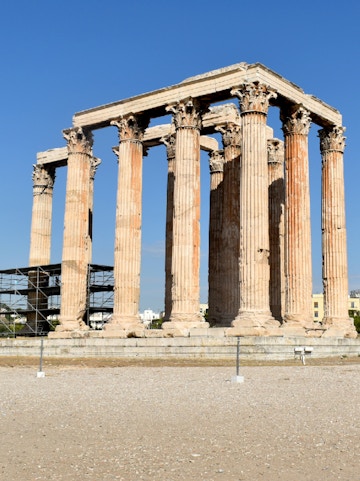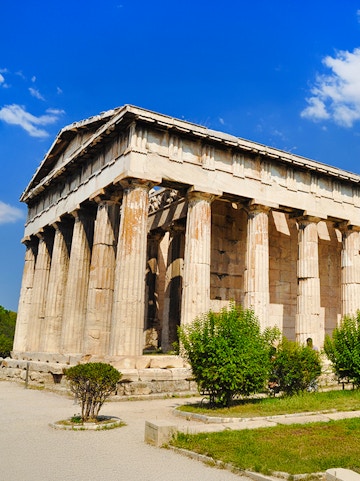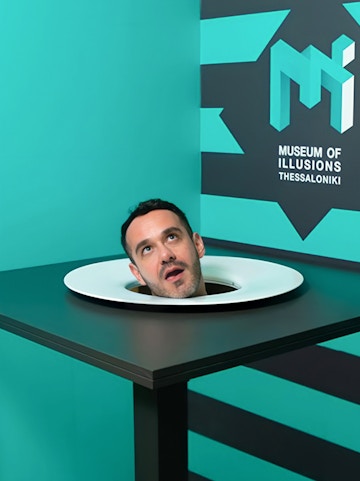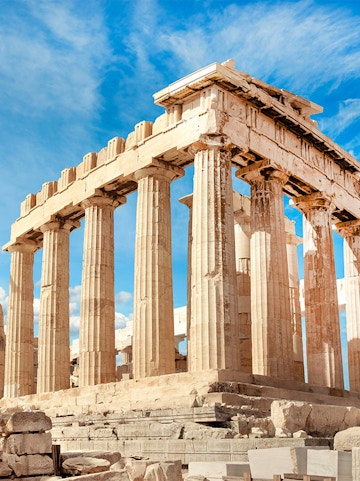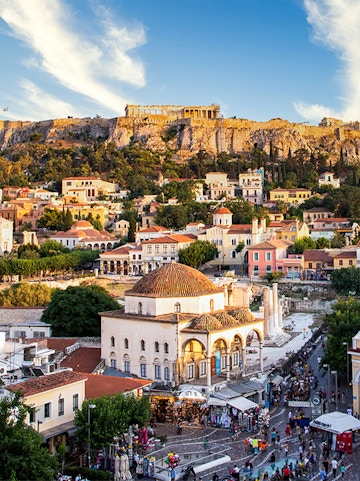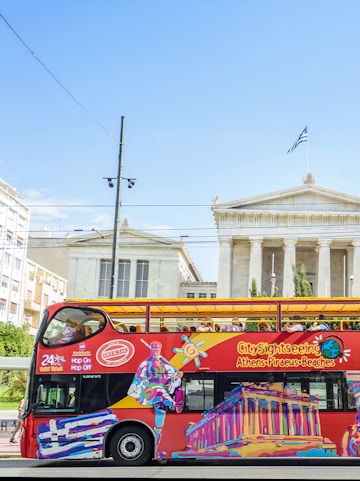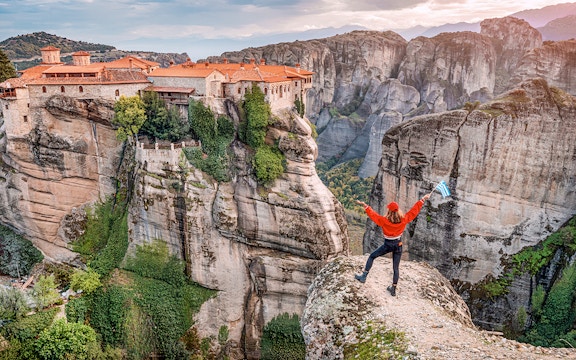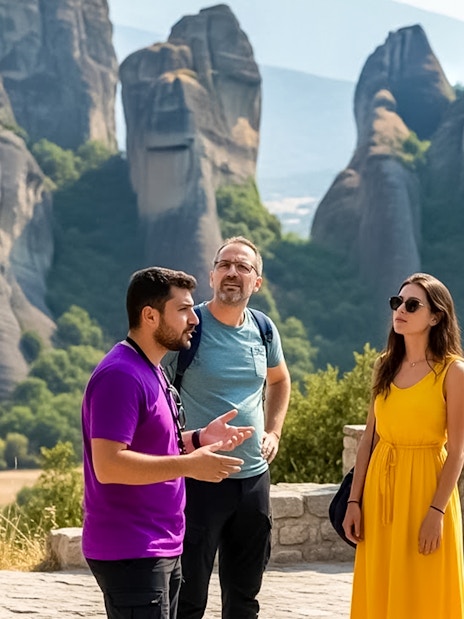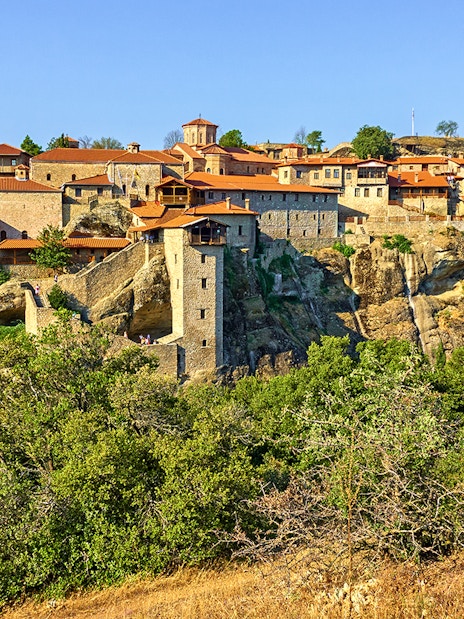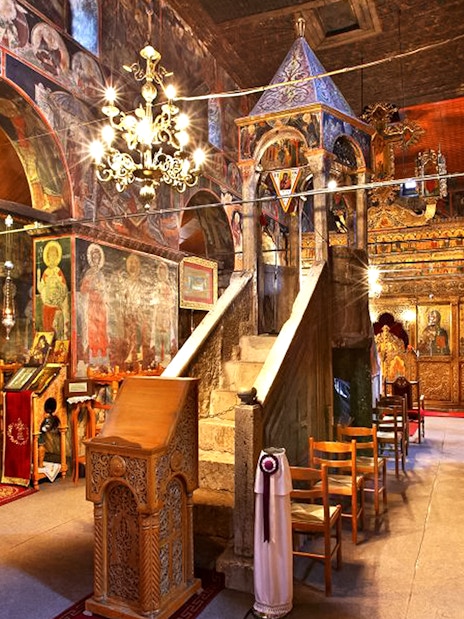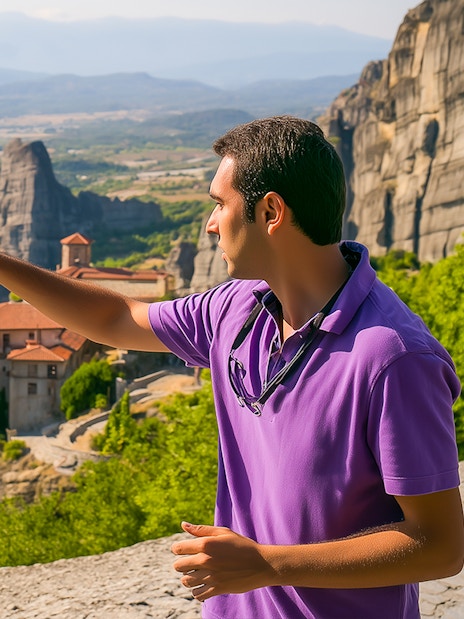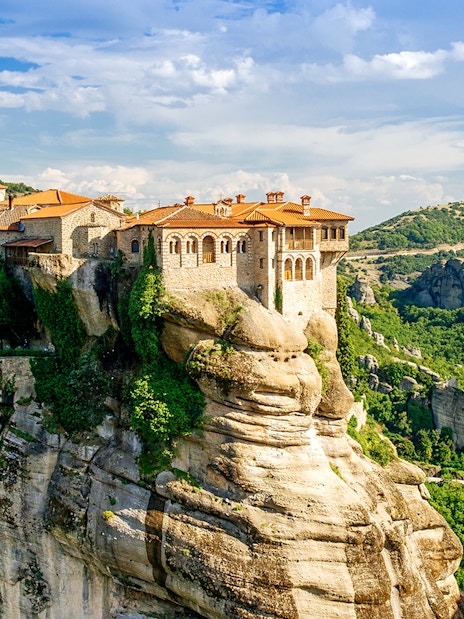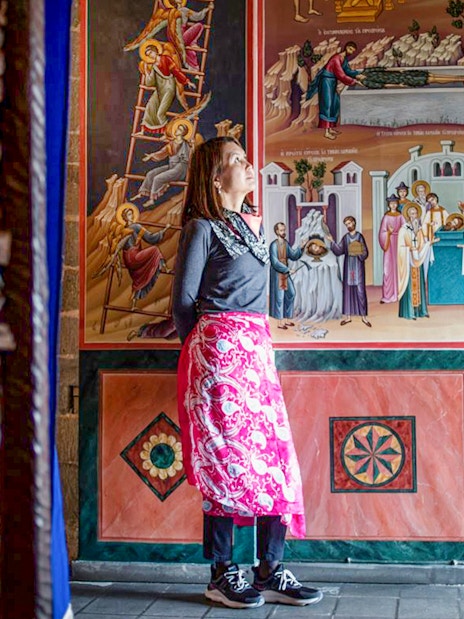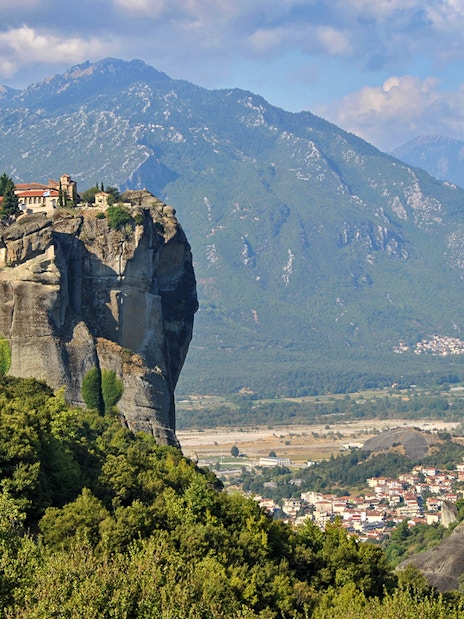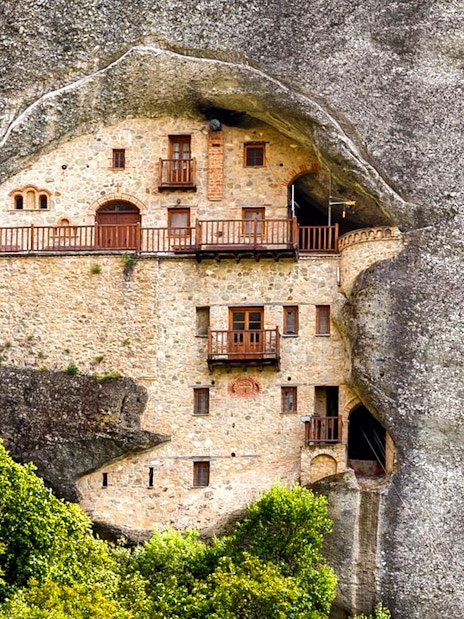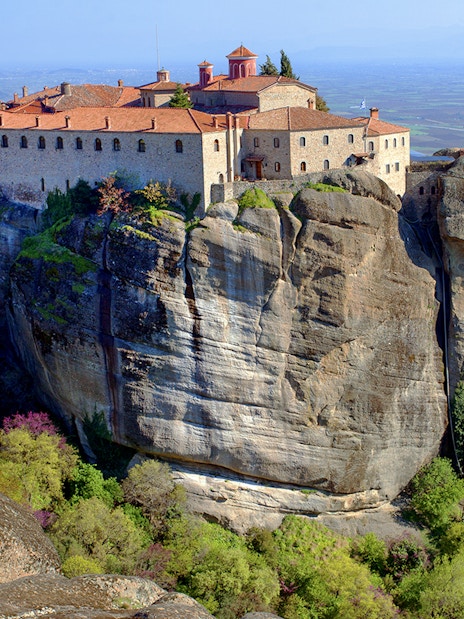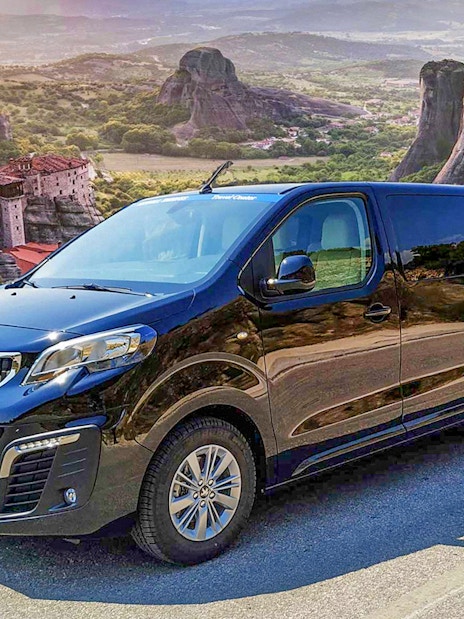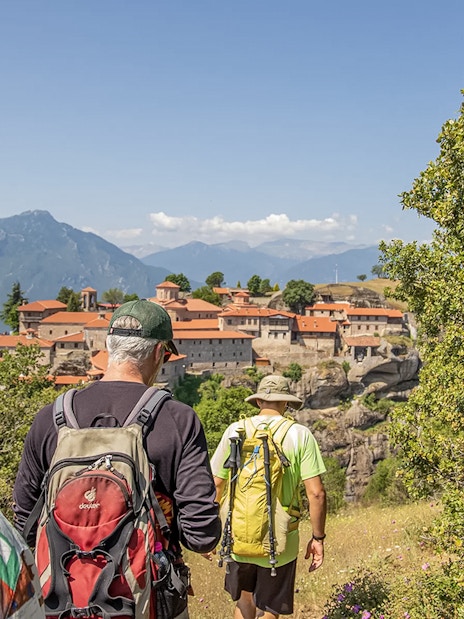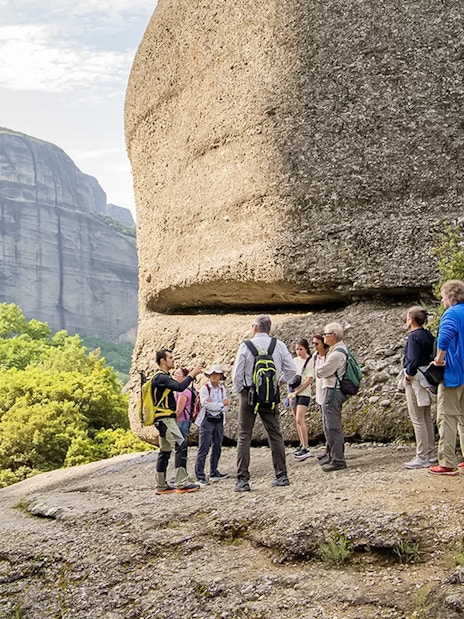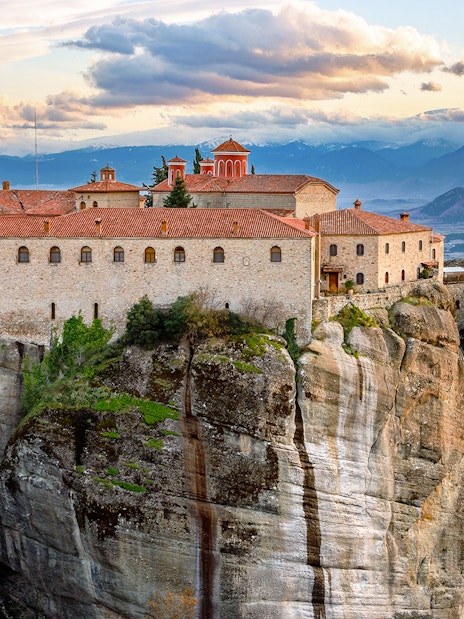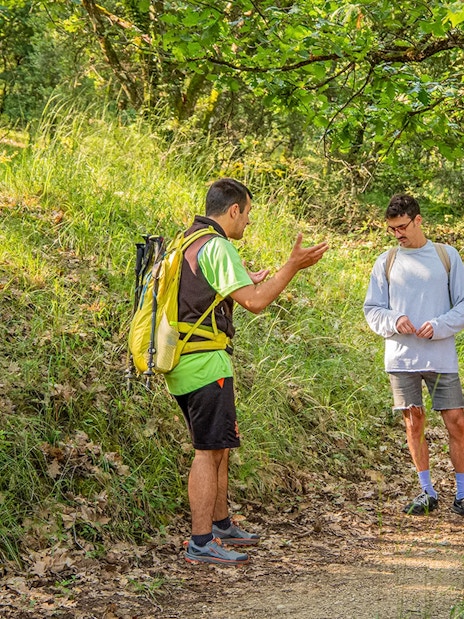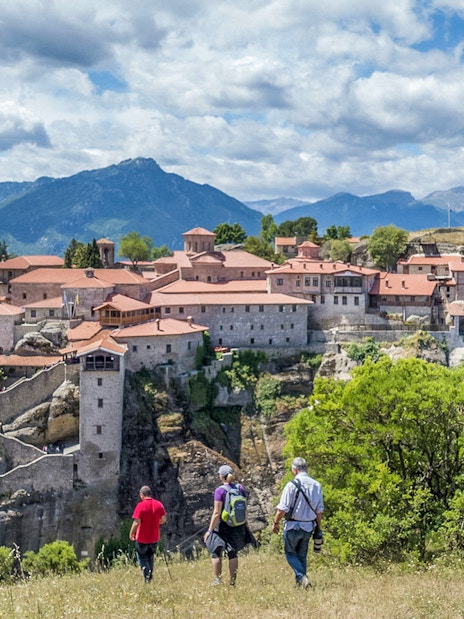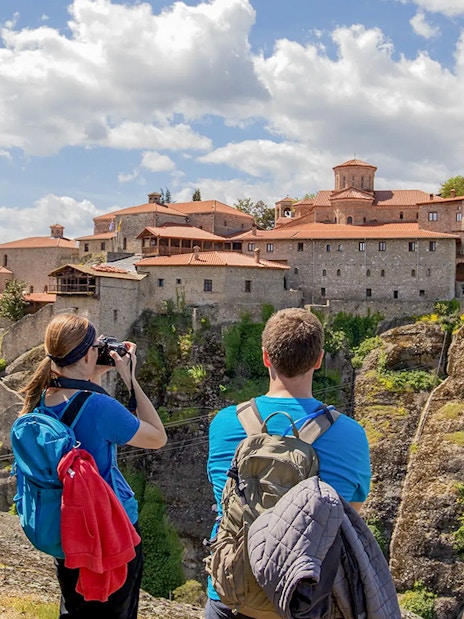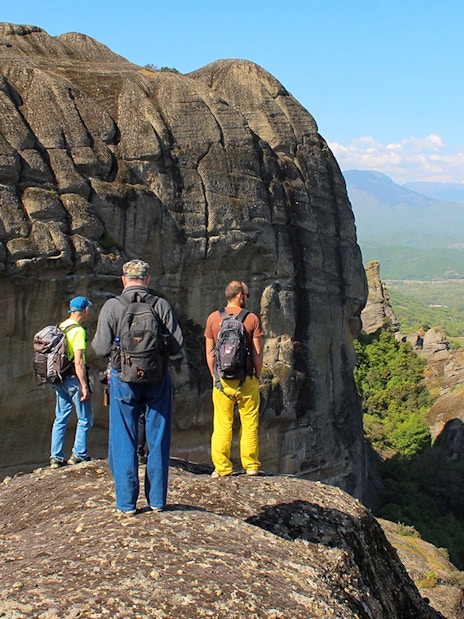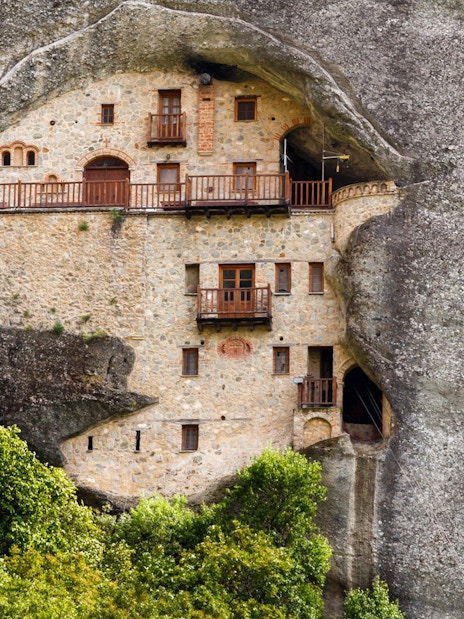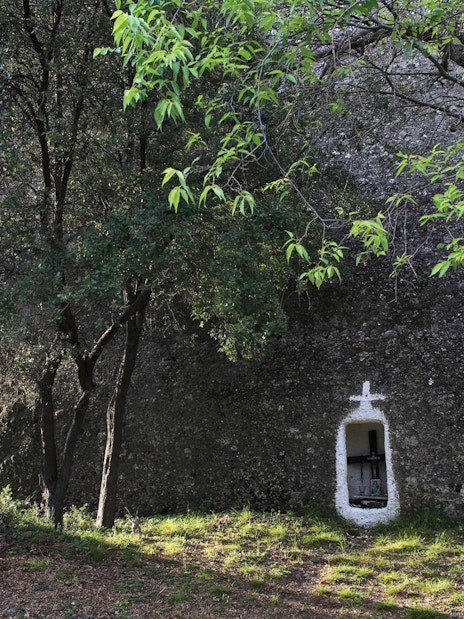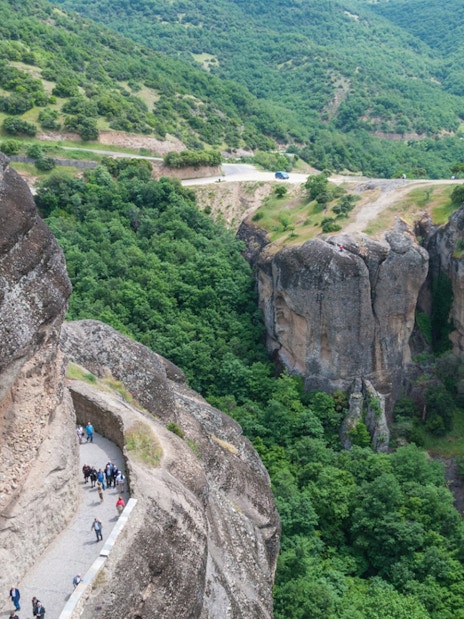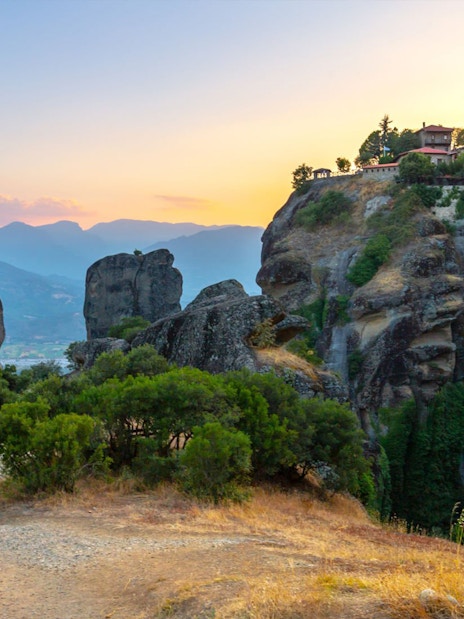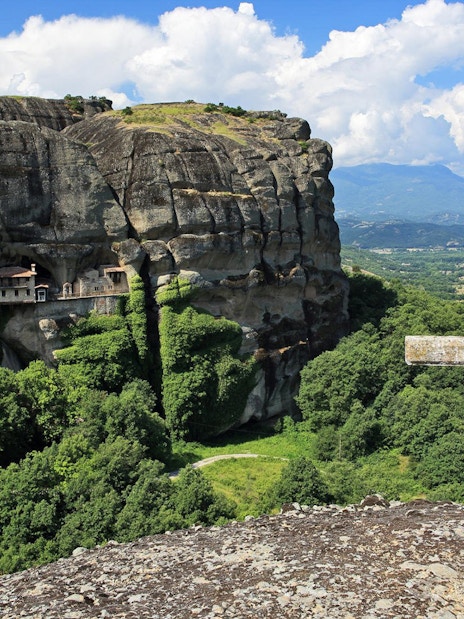Expert local guidance: More than just pointing out trails, your guide will be sharing stories, identifying wildlife, and showing you hidden viewpoints most travelers miss.
All logistics handled: From permits and entrance tickets to hotel pickup and gear, everything’s sorted so you can hike stress-free.
Routes for every level: Options range from relaxed valley strolls to moderate loops and more adventurous circuits—perfect for both beginners and seasoned hikers.
Small groups or private tours: Enjoy quiet, curated walks with room to explore at your own pace.
Monasteries and mountains: Many hikes pass active monasteries and overlook valleys that have barely changed in 500 years.
From happy customers
Loved by 45 million+
Karen
MexicoOct 2025
5/5




Our day was rainy and foggy, so we missed some views on the cliffs, but it was still totally worth the experience, it is highly recommended, I found it impressive and Rula who was our guide behaved the best. The trip is long but you enjoy every moment. It is 100% for explorer souls.
Jose
United StatesJul 2025
5/5




The guide Maria is an excellent person, the stop at the restaurant cafe ". Camino" was great, as well as the pizza for dinner. In Meteora the food in "Eufrosino" super rich and The Monasteries are great, a tour that is a must when traveling to Greece.
Tania
SwitzerlandSep 2025
4/5






The place is stunning, definitely worth visiting. The guide Vaso and both our drivers wery very nice and helpful.
I must say we didn't actually visit the Hermit cave, only the caves were mentioned from afar.
Also boarding the buses in the morning was a bit chaotic, there where 4 buses on both sides of the street and it took a long time to figure out which one each person was supposed to be in (I arrived 40min early and still was the last to board the bus), as everyone is sent to the same bus and the poor driver was overwhelmed with the queue of people asking where to go. I feel like there must be an easier, more organised way to do this.
Natalia
United KingdomAug 2025
5/5




I loved it! The tour with this company works perfectly, it's well organized and everyone is polite. It takes a long time because of the distance. We visited 3 monasteries and each one took around 1 hour or 40 minutes per monastery. I went for the beautiful scenery, but many people go for the faith. The place is really beautiful and enchanting. The guide spoke excellent English. It was worth it!
Rumyana
Jul 2025
5/5






+2 more
Excellent orginasation, very knowledgable tiur guides, attentive and polite bus driver, we'll do it again! You made our visit unforgettable. Thank you all!
Rumyana
Jul 2025
5/5






+2 more
Excellent orginasation, very knowledgable tiur guides, attentive and polite bus driver, we'll do it again! You made our visit unforgettable. Thank you all!
Ivan
United StatesOct 2025
4/5
Meteora was amazing. The guide presented many good stories.
However, the tour didn't match the description. We didn't stop in Kastraki village. We drive by it. The lunch was in kalabaka with only one restaurant. I walked across the railroad tracks to get some baked goods.
We also didn't visit the caves. Again, we drove by.
There was no audio guide or bottle of water.
In short, we enjoyed Meteora, but the trip description needs a rewrite.
Cristina
SpainSep 2025
5/5
Our trip to Meteora was an unforgettable experience. The scenery is breathtaking, but what really made the difference was our guide, Rula. From the first moment she transmitted passion and knowledge, explaining the history and details of each monastery in a close and very pleasant way. In addition, she was always attentive to the needs of the group, making everything flow with calm and enjoyment. Thanks to her, we not only saw a wonderful place, but we understood and felt it. I recommend the visit 100% and, if possible, with Rula as a guide!
